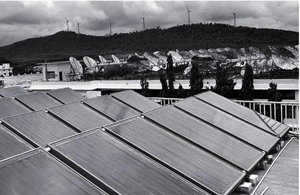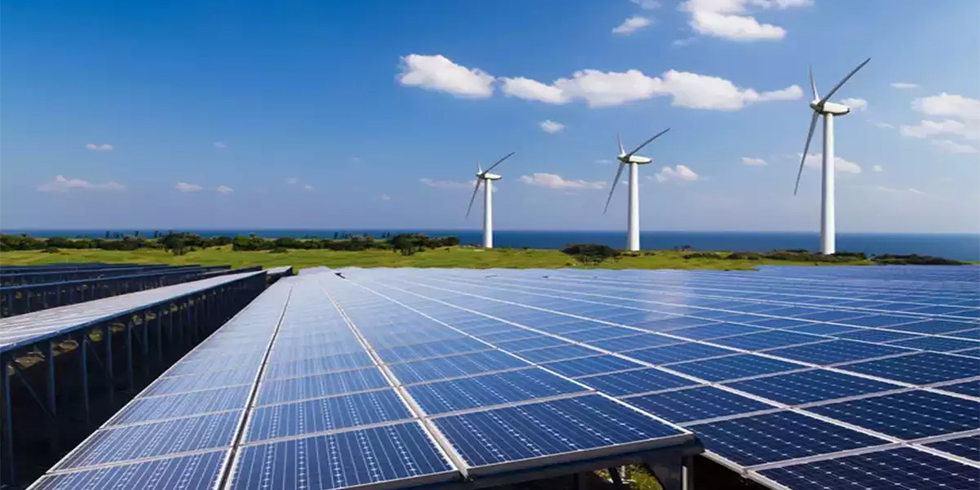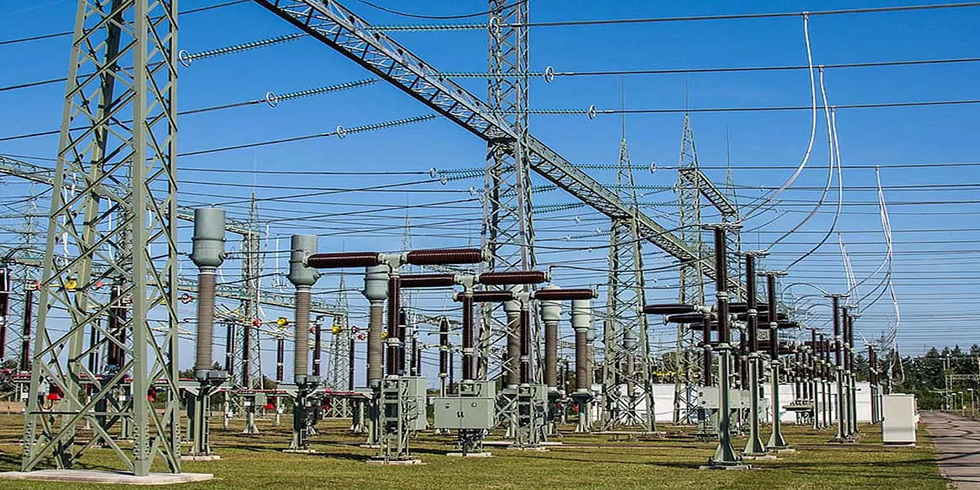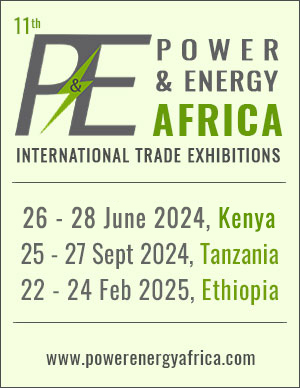The Jawaharlal Nehru National Solar Mission Phase-1 (JNNSM) is poised to make India a global leader in the development of solar power as its green growth agenda increased the installed capacity from around 30 MW to more than 2,000 MW, a World Bank report said on Thursday.
What is significant is that JNNSM has been instrumental in bringing down the cost of power to a level that is competitive across the world, says the report. It has reduced the costs of energy to $0.15 per kWh, making India amongst the lowest cost destinations for grid-connected solar Photovoltaic (PV) in the world.
The report, ‘Paving the Way for a Transformational Future: Lessons from JNNSM Phase1,’ says solar power can reduce India’s dependence on imports of diesel and coal for power generation, cut greenhouse gas emissions and contribute to energy security. Growth in this sector will help India increase its share of clean energy and meet its target of reducing emissions per unit of its GDP by 20-25 per cent by 2020 over the 2005 levels.
“In a short span of three years, India has made impressive strides in developing its abundant solar power potential. With more than 300 million people without access to energy and industry, citing energy shortage as key growth barrier in India, solar power has the potential to help the country address the shortage of power for economic growth,” Onno Ruhl, World Bank Country Director in India, said at the release of the report.
“However, while India is clearly emerging as a global leader in solar power, to achieve its target of adding 20,000 MW of capacity by 2022, it needs to address the key barriers and constraints that could come in the way of scaling up the solar programme,” Mr. Ruhl said.
Ashish Khanna, lead energy specialist and one of the authors of the report, said: “Building on the success of Phase 1, the programme now needs to focus on promoting financing of solar projects by commercial banks, developing shared infrastructure facilities such as solar parks and identifying comparative advantage of Indian manufacturing across the supply chain.”
The report has recommended publicly developed infrastructure such as solar parks to help increase efficiency and lower costs. A solar park in Charanka (Patan district) in Gujarat is now the largest such park in Asia.
Such shared infrastructure facilities helped in developing critical infrastructure, including facilities for power transmission, roads and water, thereby ensuring rapid development of solar projects as well as local employment generation, the report said. In addition, India’s plans to develop ultra-mega solar projects would help showcase the potential for large-scale grid connected solar projects to the entire world, it added.
India a rising solar power, says World Bank











Add Comment